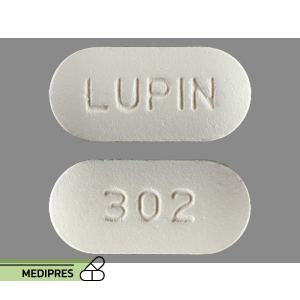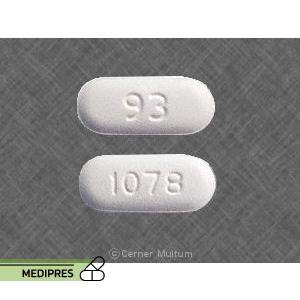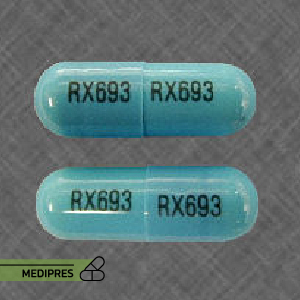
Cefprozil Tablets
23 June, 2023
Cetuximab
23 June, 2023Cefuroxime (Injection, Intravenous)
Generic name:
Cefuroxime
Drug class:
Second-generation cephalosporin antibiotic
Dosage form:
Lyophilized powder for injection (vial)
Root of administration:
Intravenous
Dose:
Adults: 750 mg–1.5 g IV every 8 hours; maximum 6 g/day. Pediatric: 30–100 mg/kg/day divided every 8 hours. Renal impairment: adjust dose and/or interval per creatinine clearance. Varies by indication; consult label.
Mechanism of action:
Cefuroxime inhibits bacterial cell wall synthesis by binding to penicillin-binding proteins, leading to cell lysis and death.
Drug usage cases:
- Acute bacterial sinusitis
- Acute otitis media
- Lower respiratory tract infections (e.g., bronchitis, pneumonia)
- Skin and soft tissue infections
- Urinary tract infections (including pyelonephritis)
- Bone and joint infections
- Septicemia
- Lyme disease (early localized and disseminated)
- Uncomplicated gonorrhea
- Perioperative prophylaxis for certain surgeries (off-label)
- Helicobacter pylori eradication in combination therapy (off-label)
Drug contra indications:
- Hypersensitivity to cefuroxime or other cephalosporins
- History of severe immediate hypersensitivity reactions to penicillins
- Known allergy to beta-lactam antibiotics
Side effects:
- Gastrointestinal: diarrhea, nausea, vomiting, abdominal pain
- Pseudomembranous colitis (Clostridioides difficile-associated diarrhea)
- Injection site reactions: pain, phlebitis
- Hypersensitivity: rash, urticaria, pruritus, anaphylaxis
- Hematologic: neutropenia, thrombocytopenia, eosinophilia, hemolytic anemia
- Hepatic: elevated transaminases, cholestatic jaundice
- Renal: interstitial nephritis, elevated BUN/creatinine
- Neurologic: headache, dizziness, seizures (high doses/renal impairment)
- Overgrowth of non-susceptible organisms (e.g., yeasts)
Warnings:
- Monitor for signs of hypersensitivity; discontinue if severe reaction occurs
- Cross-reactivity may occur in penicillin-allergic patients
- C. difficile-associated diarrhea can range from mild diarrhea to fatal colitis
- Adjust dose in renal impairment; monitor renal function
- Prolonged use may result in fungal or bacterial superinfection
- Use with caution in patients with a history of gastrointestinal disease, especially colitis
- Contains sodium; monitor in patients on sodium-restricted diets
- Use caution in neonates: risk of bilirubin displacement and kernicterus
Use during pregnancy or breastfeeding:
Pregnancy: Classified as FDA Pregnancy Category B. Animal studies have not demonstrated fetal risk. Use only if clearly needed and benefit outweighs risk.
Breastfeeding: Cefuroxime is excreted in human milk in low concentrations. Caution advised; monitor breastfed infants for diarrhea, candidiasis, or sensitization reactions. Benefits of breastfeeding should be weighed against maternal need for cefuroxime.



